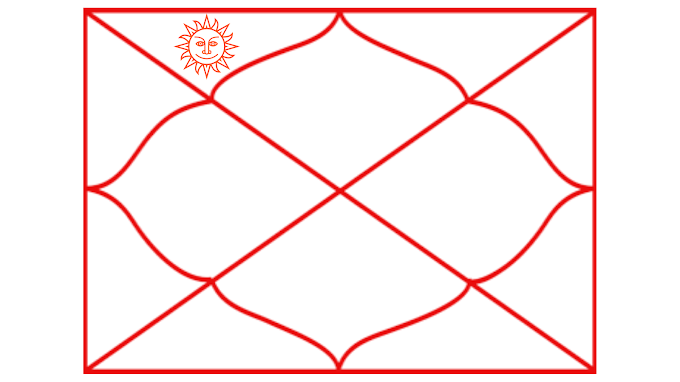How Ballpoint Pens Work
 |
| how ball pen works |
History of ball pen
People have been writing with feathers for thousands of years, but it can also happen that in any corner of the world. Someone has an advanced method of writing but based on what we know nothing like this was available yet.But then in 1827 fountain pen was invented by Romanian inventor Petrache Poenaru because that person had been troubled by the repeated insertion of the pen into the ink and need something to make notes without using it again and again.
But do you know the first patent of ball point pen was on 1888 by John J.Loud.But the ball pen that we know today was invented by Ladislao Biro . He used quick drawing ink to make it.
How ball pen works?
The most important part of a ball pen is the ball at its tip, it is usually of 0.5mm diameter made of stainless steel but sometimes it is made by mixing tungsten and carbon compounds that is as hard as diamond. Many times This small ball is also textured aur made rough so that it can be gripped well on paper.The ball is fitted in the steel or brass housing in such a way that the ball can move freely in all directions and tip of the housing is banded a bit so that the ball doesn't come out of the housing the ink is filled inside the refill which reaches the ball through a tube and as we write something the ball rotatesand the ink comes from behind.The ink used in the ball pens is a special type of oily ink and it dries immediately for this reason whenever we write something with the ball pen it dries very quickly, this ink must be contact with the air otherwise a partial vacuum is created that prevents the ink from flowing so the refill of the ball pen is kept open from the back.
There is ridges in the metal housing because of that the ball gets equally in inking from all directions.A ball pen works like this.
Hope you liked this article, you can subscribe us and become a member of BoringWorld.







0 Comments